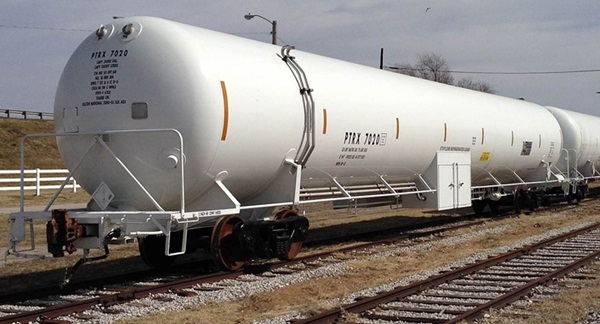
WASHINGTON — A federal court has struck down a Department of Transportation rule on transportation of liquefied natural gas enacted in 2020, saying the Pipeline and Hazardous Materials Safety Administration did not sufficiently consider the safety risks involved.
Specifically, the decision by a three-judge panel of the Court of Appeals for the District of Columbia announced on Friday, Jan. 17, 2025, agreed with a group of state attorneys general, environmental groups, and the Puyallup Tribe of Indians, who challenged the rule on the grounds that the PHMSA was “arbitrary and capricious” in its decision not to require an environmental impact statement as part of the rulemaking process. The court therefore vacated the rule and sent it back to the agency for further proceedings.
Judge Florence Pan, author of the decision, noted that the rule set no limit on the number of LNG tank cars that could be included in a single train and set no speed limit for such trains, and that the PHMSA had said one company was considering LNG trains of up to 80 cars. She cited comments during the rulemaking process that “expressed alarm about the potentially catastrophic consequences” of a train of LNG tank cars, citing an assertion from the environmental groups that “the amount of energy contained in 22 tank cars of LNG would be equal to that of the atomic bomb that was dropped on Hiroshima, Japan, during World War II.”
No LNG has ever been transported under the rule because of a Biden administration order for federal agencies to reconsider actions under the Trump administration that were inconsistent with Biden climate policy. That led the PHMSA to suspend the rule until either the agency issued a modified version or June 30, 2025, whichever comes first. The PHMSA told the court it does not anticipate having a new rule prior to June 20, 2025, and has not yet decided whether to extend the suspension.
Reuters reports the PHMSA did not respond to request for comments.
Bradley Marshall attorney for Earthjustice, one of the environmental groups that had challenged the rule, said in a press release that the group is “pleased the court saw the danger this rule posed to our nation’s communities;” attorney Emily Jeffers of the Center for Biological Diversity said the rule “was so obviously risk that it’s hard to believe it was ever proposed … There’s enormous potential for disaster in sending train cars loaded with explosive liquid natural gas through populated areas.”






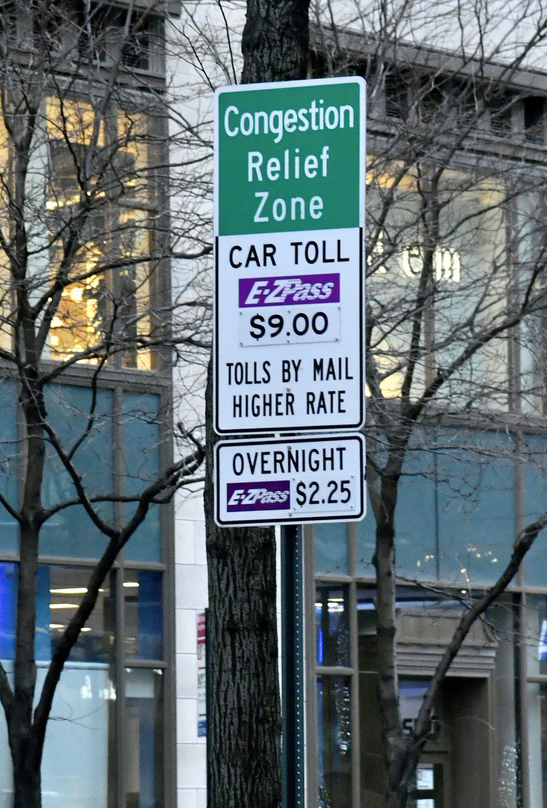
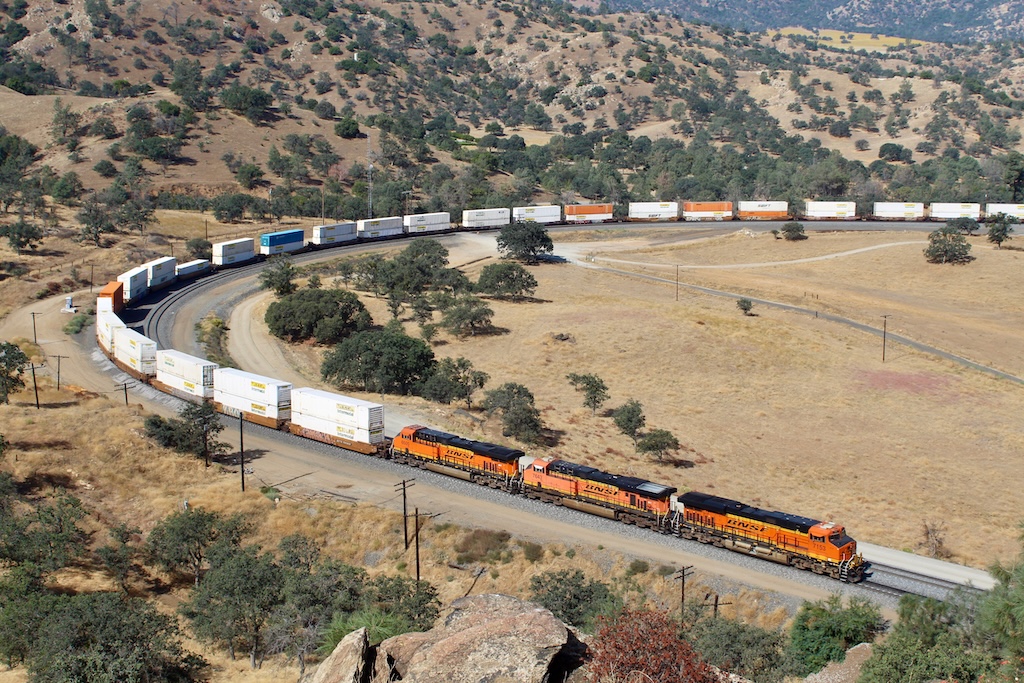

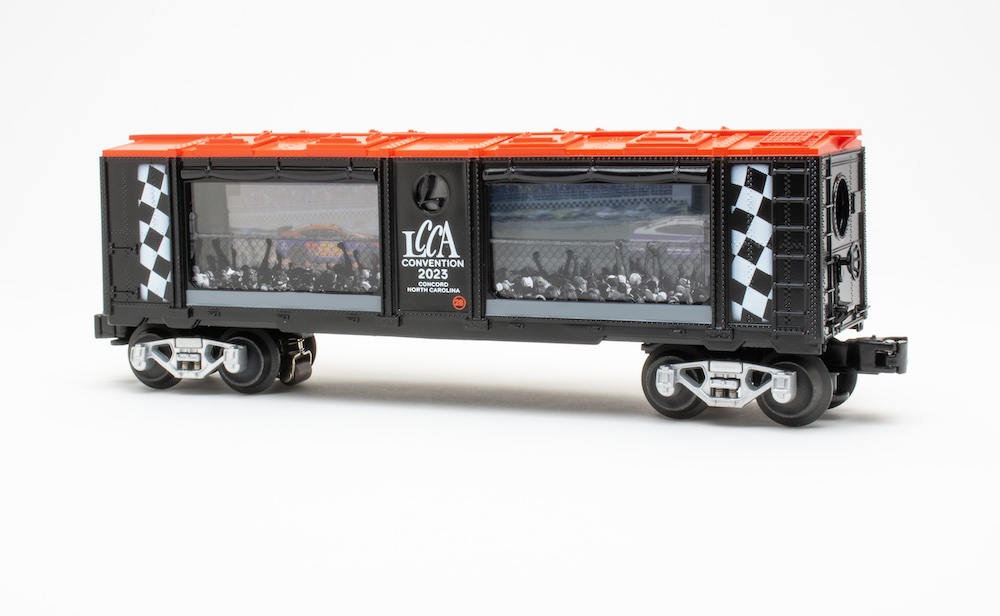


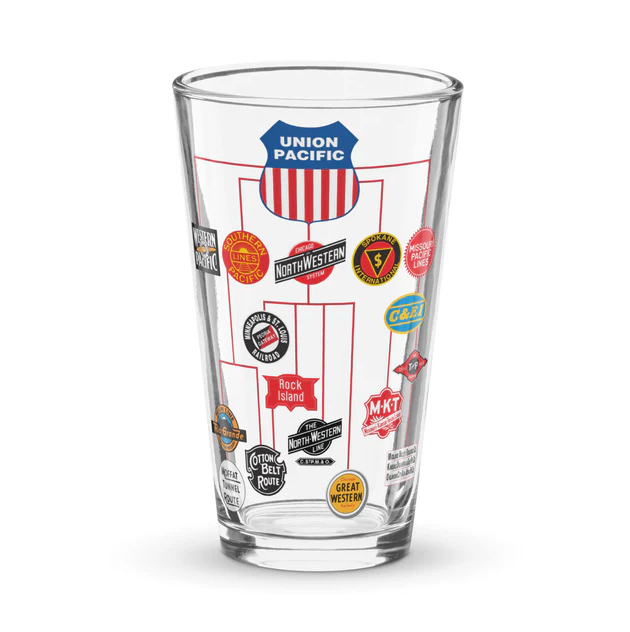
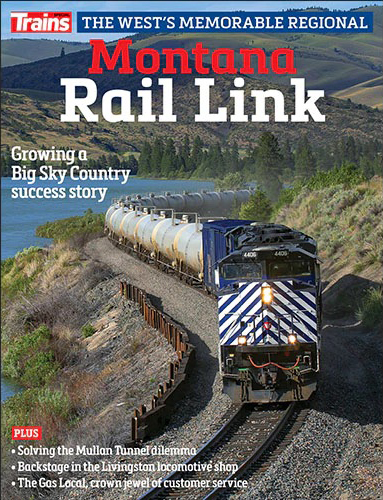
As if it is any different than transporting oil or LPG by rail…both of which are done frequently and without incident for the most part, and don’t go into the differences in volatility, that is actually immaterial at this point.
The incredible destruction that would result if a train of 80 LNG cars derailed and even one of the cars was punctured is off the charts.
Google Chinese LNG truck accident….and watch the video of the complete destruction of everything within a few hundred feet of that 18 wheeler that crashed and punctured its LNG container. Lord knows how many people were vaporized when the vapor cloud reached the guy smoking the cigarette.
80 railroad tank cars of LNG were wipe out any community anywhere near to a derailment.
LNG should NEVER be transported by rail. Ever.
IMHO- Ross Rowland
I asked myself the obvious question, why are liquified natural gas, (LNG) tank car shipments being scrutinized, and NOT liquid propane gas (LPG) tank car shipments, inn this ongoing matter. What I found out was at LPG (propane) is stored typically in liquified tanks up to 200 PSI, while liquified LNG (natural gas) is stored at much higher 4500PSI. Utilitysmarts.com states;
“To achieve a goal pressure of 4,500 pounds per square inch gauge, compressed natural gas goes through several compression steps. The gas is compressed in multiple stages by compressors. To increase the pressure on the gas, each step employs a smaller cylinder than the one before it.”
That huge PSI difference strongly suggests to me why LNG tank cars, and not LPG tank cars, are being scrutinized in this particular safety situation. And BTW, LPG has higher BTU calories per liquified gallon as opposed to LNG.
With that pressure a puncture of a car certainly will not be contained until the car is almost empty. Big question. In case of a leak will the LNG fumes rise or will they stay close to the ground as LPG does.
I have a question about why LNG would would need a pressure of 4500psi. The critical point for methane is 667psia at -117ºF and “boiling point” (vapor pressure at 14.7psia) is -259ºF. With appropriate cooling which could be powered by an engine running on the boil-off, the LNG could be kept to where the pressure is barely above atmospheric.
It’s quite possible that the liquefaction process involves compressing methane to 4500psi, but that’s almost certainly not the pressure in the tank car.
Alan, according to this reference.com website, methane is lighter than air:
“Gases that are lighter than air include water vapor, methane, hot air, hydrogen, neon, nitrogen, ammonia and helium. These gases have a lower density than air, which causes them to rise and float in the atmosphere.”
That is why environmentalists want to eliminate methane in new NYC high-rise construction, however that is only a problem when methane is leaked, not burned.
I’d like to know what is the difference between hauling LNG (liquefied natural gas) and hauling LPG ( liquefied petroleum gas). There is a lot of LPG hauled on US rails today all over the country. NYS&W has been hauling it into a propane distributor in Sussex county New Jersey for years.
Back in the late 70s and beyond, NYSW delivered propane tank cars to a vendor on the former (now abandoned) DLW Richfield Branch in upstate Richfield, NY. I’d like to see more of that where I live in sw NM, where Suburban Propane headquatered in Whippany, NJ, recently purchased our local propane dealership who operated here and in se AZ.
I would like a comparison of the energy in one truck load of LNG to one train car load. Then 80 cars in a train?? The picture that shows a car seems to not have an external head shield. the head shield probably in the rounded ends of the car might not be enough. A flat head shield not part of the tank might be a real safety feature.
What about LNG in tank trucks on crowded bumper to bumper traffic on highways and freeways. Do they not go through private residential areas?
That’s pretty much what I was wondering when reading the article, OK for trucks and not trains. Hmmmm.
I have a prejudice against anything EarthJustice says as one of their attorneys stated that no regulations on locomotive emissions existed in the US prior to California enacting some regulations in the last 3 years or so.
The trucking industry represents more votes -I mean “jobs”- than rail does.
Another silly regulation decision that the Trump administration can overturn. LNG will be an important revenue source for our freight rail industry,
It will not be so easy as that. After all, this was a court decision, which trumps (pun not intended) any written regulation.
About a year or so ago, Trains ran a msg-wire article that a RR was not allowed to deliver LNG tank cars across the Delaware River from PA to NJ, more silly nonsense. I had speculated on this newswire forum that NYC’s ban on natural gas plumbing on newly constructed highrise buildings may have played a role in this nonsense.